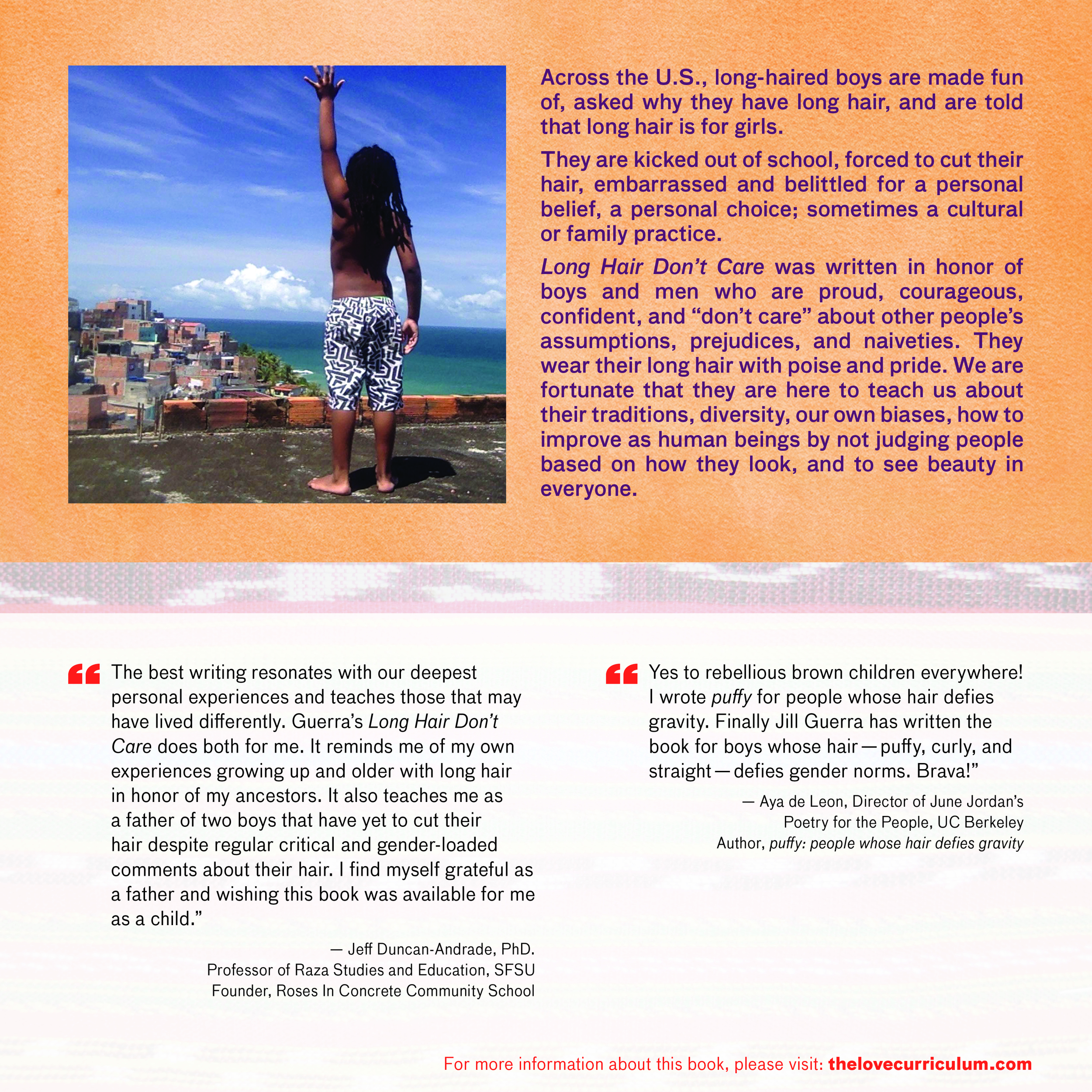About Long Hair Don’t Care
Long Hair Don’t Care is a poem picture book written about boys and men with long hair.
I wrote the book for my grandson because the world needs to know that not all boys wear their hair short and that, as my grandson says, “Just because someone has long hair, doesn’t mean they’re a girl.”
Long Hair Don’t Care is a fun and colorful rhyming book with a diverse cast of boys and men of varying ages with long hair.
Front Cover
Back Cover
Storytime with Mr. Limata
Reading Guide
1. Start by asking the young readers if they know someone with: short hair, long hair, curly hair, red hair, loc’d hair, white hair, grey hair, no hair, a mohawk, an afro, etc... (Point out that there are so many different kinds of hair).
2. Next, begin with a Silent Picture Walk~ the photos are very engaging. Allow students to see them without the distraction of words.
3. Read the poem all the way through, showing the pictures as you go.
4. Engage students in a discussion:
What did you notice while looking at the pictures? (a variety of ages, skin color, activities, it rhymes).
Why do you think the author wrote the book?
How do you think boys or men with long hair feel when reading this book?
What do you think boys with short hair or others who are not long-haired boys think, feel, or learn when reading this book?
Why do you think that some people say that long hair is only for girls?
Do you have any questions?
5. Other ways to engage the reader:
Read the poem, leaving the last word of each stanza off. Have students guess the word (it rhymes with the last word on the previous page). "Long hair eating delicious FOOD. Long hair in a silly MOOD.”
What are some activities that you saw that boys with long hair like to do? (play sports, play in water, make art, be affectionate, have friends, cook, garden, etc…..same as other people).
Play “Where’s Waldo (Kaleo)”...Count how many times Kaleo's image appears in the book (18).
Ask the students what kind of art is being created on pages 20-21 (cooking, painting, dancing, singing, guitar playing).
Ask: What’s another book the author could write?


